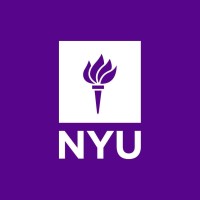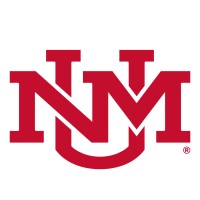Company Cyber Security Posture
NANA
NA Company Details
NA
NA
NA
NA
NA
NA
Scan still pending
NA
NA
Between 200 and 800
This score is AI-generated and less favored by cyber insurers, who prefer the TPRM score.
 NA Global Score
NA Global Score.png)

Company Scoring based on AI Models
| Model Name | Date | Description | Current Score Difference | Score |
|---|---|---|---|---|
| AVERAGE-Industry | 03-12-2025 | This score represents the average cybersecurity rating of companies already scanned within the same industry. It provides a benchmark to compare an individual company's security posture against its industry peers. | N/A | Between 200 and 800 |
Company Cyber Security News & History
| Entity | Type | Severity | Impact | Seen | Url ID | Details | View |
|---|
Company Subsidiaries

NA
Access Data Using Our API

Get company history
.png)
NA Cyber Security News
(ISC)² Announces 2017 Asia-Pacific Information Security Leadership Achievements (ISLA) Honorees
“The ISLA recognitions remind us of the commitment and leadership displayed by so many deserving cybersecurity professionals as they combat ...

NA Similar Companies

Carnegie Mellon University
Carnegie Mellon University founder Andrew Carnegie said: "My heart is in the work." No statement better captures the passion and drive of our people to make a real difference. At Carnegie Mellon, we're not afraid of the work. Our educational environment creates problem solvers, drivers of

University of Central Florida
Founded in 1963 to provide talent for Central Florida and the growing U.S. space program, UCF has been making an impact on the state, the nation — and outer space — ever since. With 13 colleges and more than 230 degree programs, your passion lies at one of our campus locations designed to help you

New York University
Founded in 1831, NYU is one of the world’s foremost research universities and is a member of the selective Association of American Universities. The first Global Network University, NYU has degree-granting university campuses in New York and Abu Dhabi, and has announced a third in Shanghai; has a do

University of Toronto
Founded in 1827, the University of Toronto is Canada’s top university with a long history of challenging the impossible and transforming society through the ingenuity and resolve of our faculty, students, alumni, and supporters. We are proud to be one of the world’s top research-intensive univers

The University of New Mexico
Founded in 1889, The University of New Mexico now occupies 600 acres along old Route 66 in the heart of Albuquerque, a city of more than 700,000 people. From the magnificent mesas to the west, past the banks of the historic Rio Grande to the Sandia Mountains to the east, Albuquerque is a blend of cu

University of Illinois Urbana-Champaign
The University of Illinois Urbana-Champaign is dedicated to building upon its tradition of excellence in education, research, public engagement and economic development. More than 3,000 faculty members discover and create new knowledge. Their work is an economic engine for the state and is recognize

Frequently Asked Questions
Explore insights on cybersecurity incidents, risk posture, and Rankiteo's assessments.
NA CyberSecurity History Information
How many cyber incidents has NA faced?
Total Incidents: According to Rankiteo, NA has faced 0 incidents in the past.
What types of cybersecurity incidents have occurred at NA?
Incident Types: The types of cybersecurity incidents that have occurred include .
Additional Questions
What Do We Measure?
















Every week, Rankiteo analyzes billions of signals to give organizations a sharper, faster view of emerging risks. With deeper, more actionable intelligence at their fingertips, security teams can outpace threat actors, respond instantly to Zero-Day attacks, and dramatically shrink their risk exposure window.
These are some of the factors we use to calculate the overall score:
Identify exposed access points, detect misconfigured SSL certificates, and uncover vulnerabilities across the network infrastructure.
Gain visibility into the software components used within an organization to detect vulnerabilities, manage risk, and ensure supply chain security.
Monitor and manage all IT assets and their configurations to ensure accurate, real-time visibility across the company's technology environment.
Leverage real-time insights on active threats, malware campaigns, and emerging vulnerabilities to proactively defend against evolving cyberattacks.




